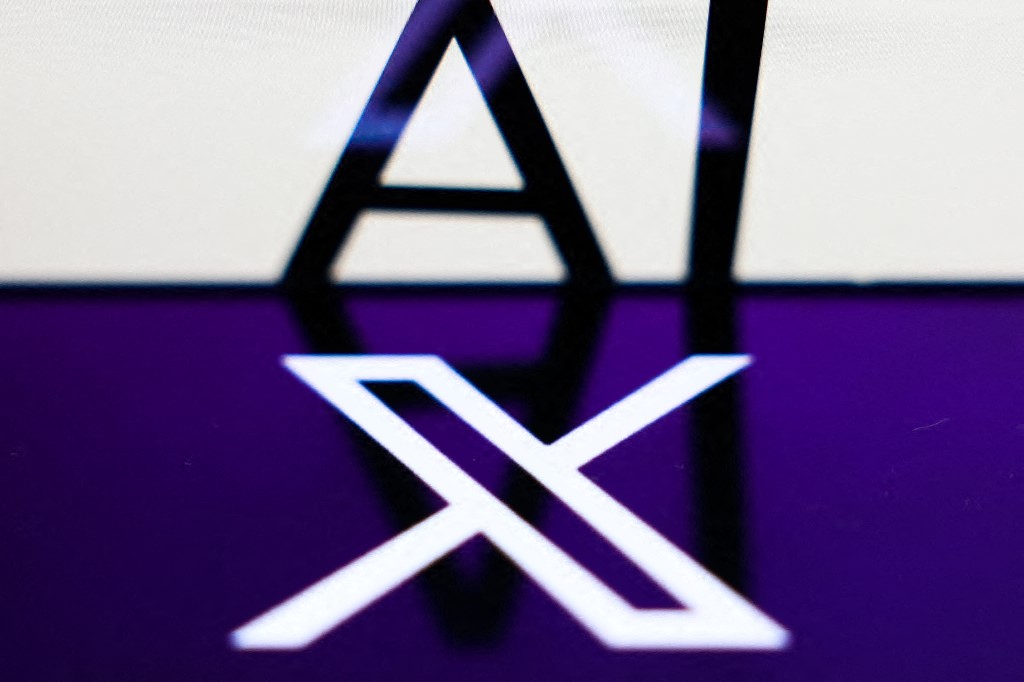The MENA region will outstrip Europe of its position as the second largest region for mobile subscribers by 2016, according to 2013 figures released by mobile and wireless industry think-tank, Portio. They show that, out of 396 million mobile subscribers in Arab states and 545 million in African countries, 71 million and 93 million, respectively, have active mobile broadband subscriptions. In Q1 2013, mobile penetration reached 109 percent in the region as a whole, according to the Ericsson Mobility Report released in June that same year, with Saudi Arabia’s alone standing at 181.6 percent.
Of course, brands are hardly concerned with high mobile subscriptions as they are with the number of connected devices and smartphones, where they can interact with consumers in real time. In this respect, the Ericsson report shows that Saudi Arabia’s smartphone penetration in 2013 ranked first in the GCC, standing at 79 percent, followed by the UAE’s (72 percent) and Kuwait’s (69 percent). “Saudi Arabia is extremely established because of the price wars between its three major telco players, Zain, Mobily and STC – as a result of which mobile Internet penetration is high,” says Chadi Saab, director of digital at Starcom MediaVest Group (SMG) MENA, adding that, in smaller GCC countries, such as Qatar, mobile Internet consumption “isn’t picking up as much yet”. It certainly is in the GCC, however, at the Mobile Hotspot 2014 conference held earlier this year by Omnicom Media Group’s digital arm, Resolution MENA. Nadim Khouri, the agency’s director of mobile marketing, revealed that 18 percent of GCC Facebook users accessed the network on desktop, 47 percent on both mobile and desktop, and 35 percent – 5.6 million people – on mobile. Moreover, 76 percent of Twitter users in the GCC accessed the micro-blogging platform through mobile. Google states that 50 percent of all YouTube views in Saudi Arabia and 40 percent in the UAE come from mobile.
According to another study by research firm Ipsos unveiled at this year’s digital summit Arabnet in Beirut, mobile Internet penetration across smartphones reached 84 percent in the kingdom, 83 percent in the UAE and 90 percent in Kuwait. “The entry point for connectivity has flipped: according to Effective Measure, 80 percent of the traffic on regional websites comes from handheld devices. While digital is still being associated with desktop advertising, clearly it’s time for brands to embrace a mobile-first approach,” says Waseem Afzal, head of digital at OMD UAE.
Both high mobile penetration and Internet connectivity provide fertile grounds for ad- vertisers in the region. Nowhere is this more evident than in a report by mobile ad network Addictive Mobility, entitled: 2014: The Year of Mobile First, which shows that the GCC region registers a post-click interaction rate that is six times higher than the US average, amounting to 2.4 percent, while the true click rate – on ads loaded in their entirety, rather than just clicked – stands at an equally remarkable 1.9 percent. On average, the highest CTR, adds the report, is seen in Saudi Arabia (2.829 percent), followed by Oman (2.506 percent), Qatar (2.325 percent) and the UAE (2.259 percent).
However, while research company Gartner expects mobile ad spend to reach $18 billion globally and to size up to $41.9 billion in 2014, it estimates that it makes up less than five percent of the total ad spend in the MENA region – Resolution MENA puts this figure closer to one percent. “Consumption [on mobile] is great across GCC markets, but ad spend is close to zero, when compared with the overall online and offline budgets. In Saudi, it’s [mobile] less than 10 percent of digital budgets,” says Ali Nehme, managing director of digital at SMG MENA.
“Mobile is a challenge; there is a big migration in web surfing from desktop to mobile in the region. However, this is not translating into ad spend. Most clients are not ready for mobile yet,” adds Imad Sarrouf, commercial and technology director at Choueiri Group’s digital arm, Digital Media Services (DMS).
There is something to be said, however, on the attribution of ad spend to this multi-screen migration: it remains largely inaccurate. Nehme says that publishers, such as Facebook and Google, and agencies alike, often don’t distinguish between the dollars pouring into ads served on desktop and those served on mobile. “If you are advertising on YouTube, automatically, 50 percent to 60 percent of your money goes to mobile. An ad on YouTube can fall under video or mobile, but most agencies are [labeling it as] video. We don’t consider it as mobile spend if the client is not actually creating a mobile experience,” he explains, while Saab adds: “When you plan, you plan for specific KPIs [key performance indicators] such as reach or conversion, independently of where you are serving your ads. The consumption behavior is what dictates what’s dominant and what’s bigger.” These less-than-marginal errors often result in distorted mobile ad spend figures for the region; especially since, as Boye Balogun, regional head of digital at Mindshare MENA, once told Communicate: “We don’t have a central repository for numbers on mobile ad spend in the region.”
Accounting faux-pas aside, the growth of mobile advertising is also dwarfed by its own traditional formats and the latter’s unshaken popularity with regional advertisers. The use of SMS advertising is widespread in the MENA region, as data compiled by Saudi marketing and communications company OTS shows that most clients in the region see a 40 percent increase in revenue as a result of successful SMS campaigns – not to mention that SMS ads average a cheap 18 cents per message. More recently, UAE companies have been providing WhatsApp advertising campaigns for clients, even though the messaging service explicitly states that “you cannot use any automated system that sends out more messages in a minute than humanly possible and you agree not to spam or solicit other users for commercial purposes”.
Indeed, SMS and WhatsApp advertising have been growing on the back of a large regulatory gap, as efforts to set up an industrial body for mobile in the region – which gathered Clique Communications Group, Mindshare, Choueiri Group, Unilever, and telcos Etisalat, Saudi Telecom (STC) and du, and mobile network inMobi, among others – have fizzled out. This also means that the mobile market’s cost-cutting ways and haphazard business models won’t be controlled anytime soon, especially since ad- vertisers have little substance to back up CPC (cost per click) and CPM (cost per thousand) with mobile-optimized and -enabled websites and landing pages; which is why, Sarrouf says, DMS is offering clients other models such as “click-to-call, click-to-SMS, click-to-download and rich media activations”. Meanwhile, “our products look at building, connecting, amplifying and experiences,” says Balogun.
However, for that to happen, mobile kinks need to be straightened.






